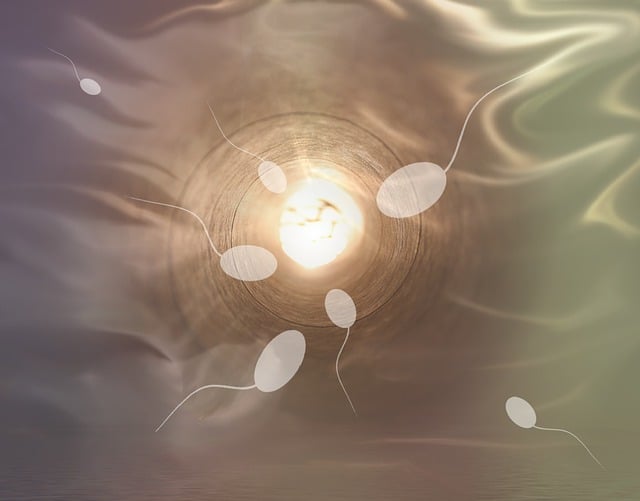When it comes to human reproduction, it is essential to understand the difference between semen and sperm. While these terms are often used interchangeably, they actually represent different components of the male reproductive system. In this article, we will delve into the distinctions between semen and sperm, shedding light on their respective roles in the process of fertilization.
What is Semen?
Semen refers to the fluid that is ejaculated from the penis during sexual activity. It is composed of a mixture of sperm and other secretions from various reproductive and non-reproductive glands. Primarily produced in the seminal vesicles, prostate gland, and bulbourethral glands, semen plays a crucial role in nourishing and protecting sperm during their journey through the female reproductive system.
Composition of Semen
Semen comprises not only sperm but a variety of other substances that contribute to its composition. These include:
1. Sperm: Spermatozoa, or sperm cells, are the male reproductive cells responsible for fertilization. Each sperm is composed of a head, midpiece, and tail, which collectively enable it to swim and reach the female egg. Typically, semen contains millions of spermatozoa.
2. Seminal Vesicle Fluid: The seminal vesicles secrete a fluid rich in fructose, which provides a source of energy for the sperm. This fluid also contains prostaglandins, which assist in the contraction of the female reproductive tract, aiding the movement of sperm towards the egg.
3. Prostate Fluid: The prostate gland contributes a milky fluid to semen, which helps to activate and protect the sperm. Prostatic fluid contains enzymes, citric acid, and zinc, which nourish the sperm and provide an alkaline environment to counteract the acidity of the vagina.
4. Bulbourethral Gland Secretions: These glands produce a clear, slippery fluid that functions to lubricate the urethra and neutralize any remaining traces of urine, creating a more hospitable environment for sperm.
Roles of Semen in Fertilization
The various components of semen work in harmony to facilitate fertilization. Upon ejaculation, semen is introduced into the female reproductive tract, with the ultimate goal of reaching and fertilizing an egg. Semen provides nourishment, protection, and motility to the sperm, ensuring their survival and ability to navigate the complex journey to the fallopian tubes, where fertilization takes place.
What is Sperm?
Unlike semen, sperm specifically refers to the male reproductive cells or spermatozoa themselves. Sperm are tiny, highly specialized cells produced within the testes via a process called spermatogenesis. They are equipped with a head containing genetic material, a midpiece packed with mitochondria to provide energy, and a long tail, enabling them to swim towards the egg.
Production and Lifespan of Sperm
Sperm production starts during puberty and continues throughout a man's life. On average, the testes generate several hundred million sperm cells each day. However, not all sperm cells are created equal, and only a tiny fraction will successfully reach the egg. The lifespan of sperm varies depending on the environment. Within the female reproductive tract, sperm can survive for up to five days, awaiting the arrival of an egg for fertilization.
Roles of Sperm in Fertilization
The primary role of sperm is to deliver genetic material to the egg in order to facilitate fertilization. When a male ejaculates, millions of sperm are released into the female reproductive system. Only a few hundred survive the journey through the cervix, the uterus, and into the fallopian tubes. It is in the fallopian tubes where the sperm meet the egg, and only one sperm will eventually penetrate and fertilize the egg, leading to conception.
Conclusion
In summary, semen and sperm are distinct components involved in the process of human reproduction. Semen is a fluid that encompasses sperm along with other substances, providing nutrition, protection, and motility to the sperm. On the other hand, sperm refers to the male reproductive cells that carry genetic information and are responsible for fertilization. Together, semen and sperm work in harmony to ensure the survival and successful fertilization of an egg. Understanding these differences can foster comprehension of human reproduction and the complex mechanisms involved in the creation of life.






